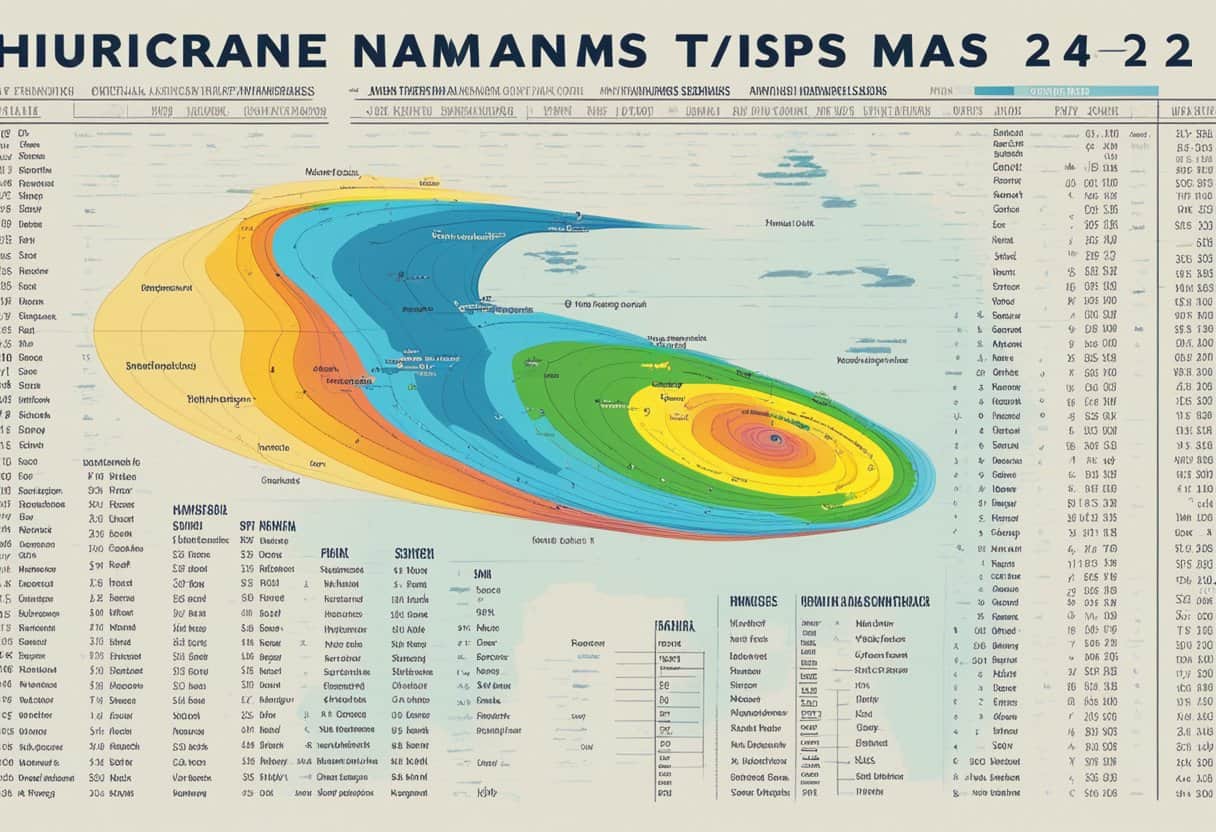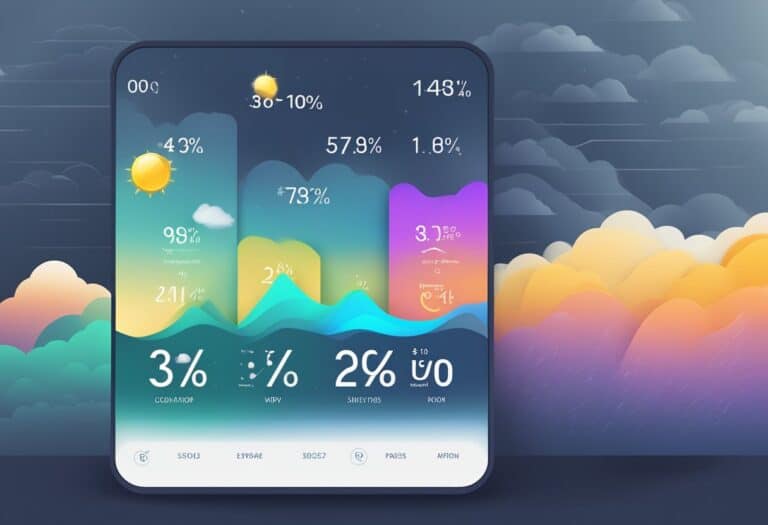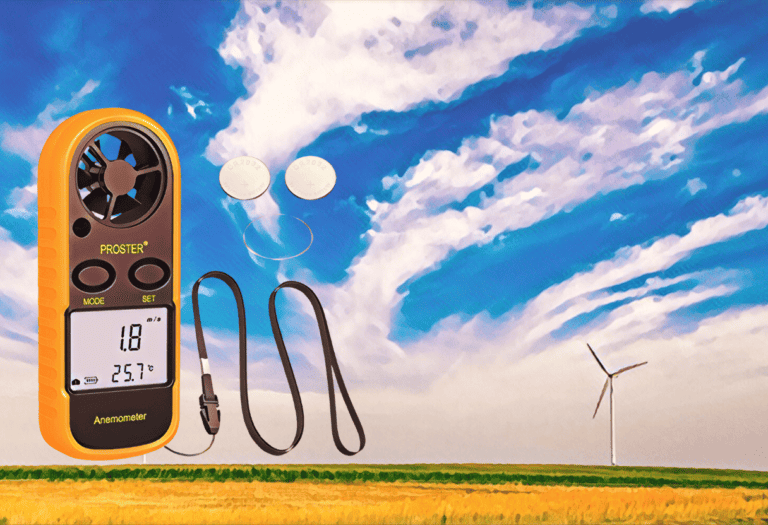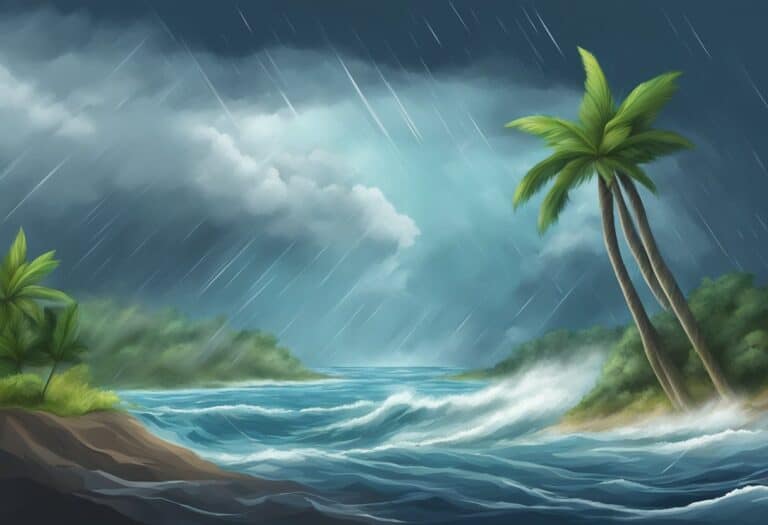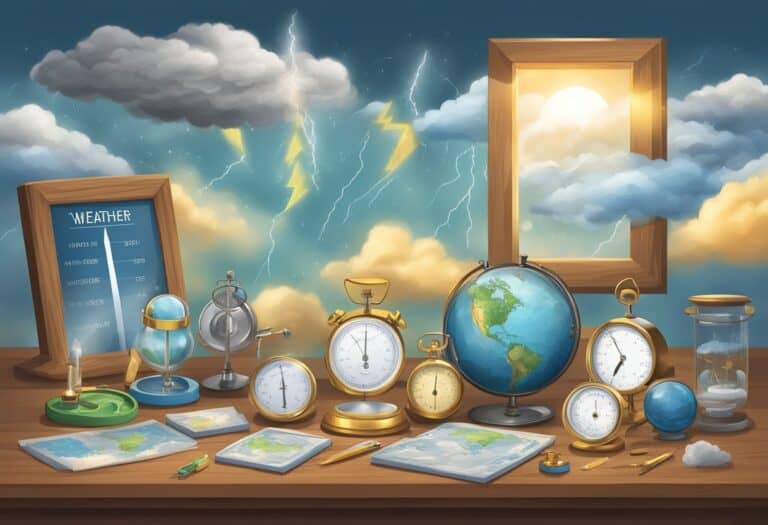Every year, coastal regions brace themselves as the hurricane season approaches, bringing an array of powerful storms that can leave destruction in their path. To better communicate and manage the potential threats, an official list of names is used for tropical cyclones that reach certain criteria in the Atlantic basin. This practice, which originated in the early 20th century, simplifies reporting and allows the public to easily follow storm information. You’ll find that each season has a predetermined list of names that are used on a rotating basis, and if the list is exhausted, an auxiliary set of names comes into play.
Understanding these names and their implications is crucial as each hurricane season unfolds. The naming process, overseen by the World Meteorological Organization, not only aids in effective communication but also assists in heightening awareness and facilitating disaster preparedness. As recent hurricane seasons, like those of 2021 and the projections for 2022, have shown, preparedness and accurate forecasting are pivotal for minimizing the impact of these natural phenomena.
Hurricane names, rotating on 6-year lists, help us track and prepare for these powerful storms. Knowing the science behind predictions keeps you safe.
Naming Conventions and History
Understanding the history and conventions around naming hurricanes gives you insight into how these potentially devastating storms are identified and remembered.
Origin of Hurricane Names
You might find it intriguing that until the early 1950s, hurricanes were not formally named. The World Meteorological Organization (WMO) established a standardized practice where storms are named to avoid confusion and streamline communications. Originally, female names were used in alphabetical order; however, since 1978, male names have alternated with female names. Hurricanes have six lists of names, reused every six years, unless a name is retired.
Retirement of Names
When a hurricane causes significant damage or loss of life, its name can be retired out of respect and to avoid confusion with future storms of a similar nature. You may recall hurricanes like Sandy, Matthew, and Otto among those retired after leaving their mark in history. The decision to retire a name is made by the WMO, ensuring that it’s not used again, effectively preserving its legacy.
Alternate Naming Systems
In case the annual list of names is exhausted, an alternate naming system is used. Initially, the Greek alphabet served this purpose, but after the 2020 season, the WMO deemed it inappropriate due to potential confusion. Your awareness of this ensures you understand the importance and complexities involved in naming these formidable natural events.
2021 Atlantic Hurricane Season Overview
The 2021 Atlantic hurricane season was remarked by the National Hurricane Center as an above-average season with notable storms like Hurricane Ida. Let’s explore the details of the season that affected the Atlantic Basin.
Statistical Summary
In terms of activity, the 2021 Atlantic hurricane season was significant with a total count of 21 named tropical cyclones. Of these, 7 systems amplified to attain hurricane status, with major hurricanes — category 3 or higher — registering on the Saffir-Simpson scale. To provide you with precise statistics for the season:
- Named storms: 21
- Hurricanes: 7
- Major hurricanes: 4
This activity surpassed the average, showcasing an above-normal frequency and intensity of storms in the Atlantic Ocean.
Notable Storms
During the season, certain storms captured widespread attention due to their intensity and impact:
- Hurricane Ida: Markedly the most formidable, this Category 4 hurricane made landfall in Louisiana, causing catastrophic damage and pronounced loss.
- Hurricane Elsa: As the earliest fifth named storm on record, Elsa emphasized the ramping up of the season’s tempo early in July.
Impact Assessment
Your understanding of the 2021 season’s impact can be deepened by assessing the degree of devastation wrought by these systems. Major hurricanes, including Ida, were responsible for significant destruction, both economically and environmentally, across the Atlantic basin. The hurricane research community has intensively studied these impacts to better predict and mitigate future hurricane-related disasters.
Hurricane Preparedness and Impact
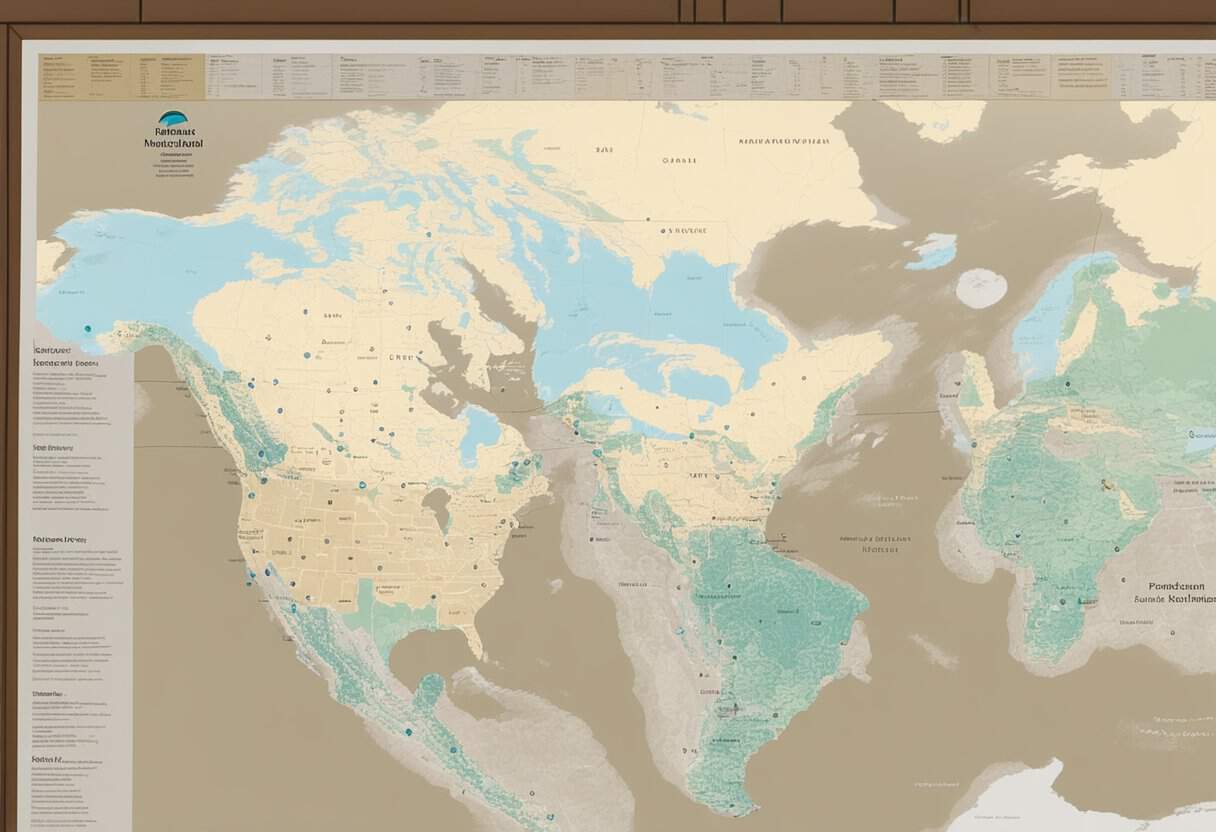
As hurricane season approaches, it is crucial to understand how to prepare for potential disasters and be aware of the impact that such storms can have on communities. Let’s explore actionable safety guidelines and the economic and environmental effects of hurricanes.
Safety Guidelines
Before the storm hits, ensure you are familiar with the evacuation routes as suggested by the National Hurricane Center. Have an emergency kit ready that includes essentials like water, food, medications, and important documents. The National Weather Service provides updates on storm development, so stay informed through reliable sources. You should also secure your property against high winds and potential flooding; this can mean boarding up windows and ensuring that loose items are safely stowed or tied down.
During a hurricane, if you haven’t evacuated, find the safest room in your home, preferably without windows, to shelter in place. FEMA and Ready.gov advise that you avoid areas that could be affected by storm surge or flooding and to be aware of the dangers of high-category hurricanes, such as a Category 3, which can have devastating effects on structures and human life.
Economic and Environmental Effects
Hurricanes, especially when they reach the Gulf of Mexico or the coasts of Florida, the Carolinas, and Central America, can have significant economic repercussions. The costs to recover from hurricanes like Katrina, Laura, and Maria can reach billions, stemming from damaged infrastructure, business interruption, and recovery efforts. Long-term environmental impacts include coastal erosion and loss of habitats.
Economically, the aftermath of a hurricane often requires substantial investment in reconstruction efforts and financial aid for affected residents. FEMA is typically involved in these recovery operations, supporting states through funds and logistics.
Environmentally, hurricanes cause land degradation and disrupt ecosystems, sometimes leading to longer-term challenges, such as increased vulnerability to future storms and other climate-related events. Aircraft surveillance and satellite technology are valuable tools for assessing hurricane damage and helping plan recovery strategies.
By adhering to safety guidelines and understanding the economic and environmental effects, you can better prepare for and mitigate the impact of hurricanes.
Hurricane Season Forecast and Science
Your understanding of the Hurricane Season is significantly enhanced by grasping the sophisticated methods used to predict these powerful storms and the rigorous studies that inform these predictions.
Predictive Models and Technology
Forecast models play a crucial role in anticipating the intensity and track of hurricanes. Agencies like the Climate Prediction Center utilize sea surface temperatures, wind speed data, and the effects of phenomena such as La Niña to predict hurricane activity. Your safety may depend on these models, which include a range of sophisticated tools from statistical to dynamic models, all harnessing the latest in satellite imagery and computational science.
- Sea Surface Temperatures (SSTs): Often a predictor of hurricane strength, warmer SSTs can energize storms.
- La Niña: This cooling pattern in the Pacific Ocean can create conditions more conducive to hurricanes in the Atlantic.
- Forecast Models: These include the European Centre for Medium-Range Weather Forecasts model and the National Hurricane Center’s HWRF model which integrate data from satellite imagery and ocean buoys.
Scientific Research and Studies
Your awareness of hurricane risks is informed by ongoing scientific research. As we near the traditional end of the hurricane season on Nov. 30, studies examining the West African Monsoon and its role in hurricane formation become vital. Experts analyze past hurricane activity to improve forecasts, with a focus on identifying patterns that culminate in major hurricanes. The science behind this research is critical to understanding our environment and preparing for future seasons.
- Tropical Cyclone Names: An aspect of the science that directly connects to the public, enabling efficient communication and historical tracking.
- Major Hurricane: Typically defined as Category 3 or higher with winds exceeding 111 mph, categorizing hurricanes helps in communicating the potential danger.
- West African Monsoon: This weather system can influence the development of Atlantic hurricanes, linking distant regions through the science of meteorology.
Frequently Asked Questions
The naming of hurricanes is a systematic process managed by the World Meteorological Organization. With a list that rotates every six years, certain names may be retired due to the storms’ severe impacts.
How are hurricane names selected for each season?
Hurricane names are chosen from a pre-determined list created by the World Meteorological Organization. Names are alphabetical, alternate between male and female, and represent different languages and cultures reflecting the regions affected by the storms.
What is the process for retiring hurricane names and when does it occur?
A hurricane name is retired if the storm was notably deadly or costly. The decision to retire a name is made during the World Meteorological Organization’s annual meeting typically held after the hurricane season ends.
How far in advance are hurricane names determined?
The list of hurricane names are established years in advance by the World Meteorological Organization. Each list is used on a six-year rotation unless a name is retired.
What happens when the list of hurricane names for a season is exhausted?
If all names on the yearly list are used, additional storms are named after letters of the Greek alphabet. This only happens during extremely active hurricane seasons.
Can you explain the rotation and repetition of hurricane names?
The list of names is rotated every six years, meaning the names from the current year may be reused six years later. However, if a storm is particularly destructive, its name is retired and replaced with a new one.
Where can I find the list of hurricane names for the current or upcoming season?
The list of hurricane names for the current or upcoming season can be found on the National Hurricane Center’s website. It includes information on naming conventions and the history behind the naming process.

